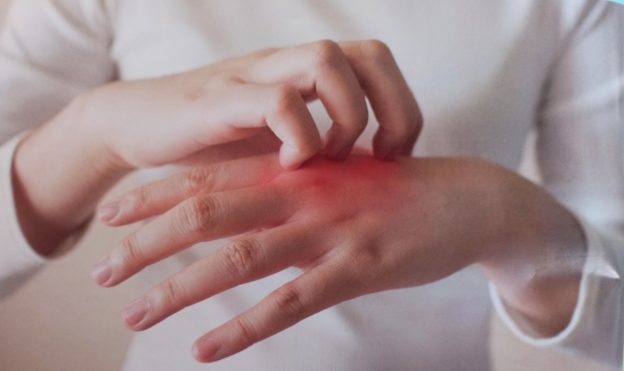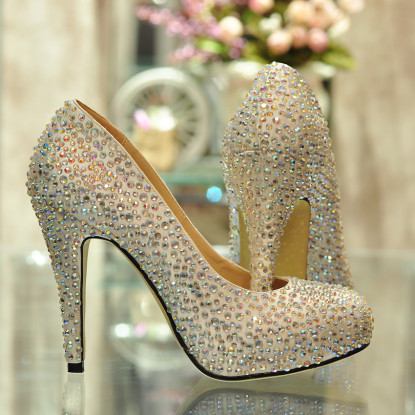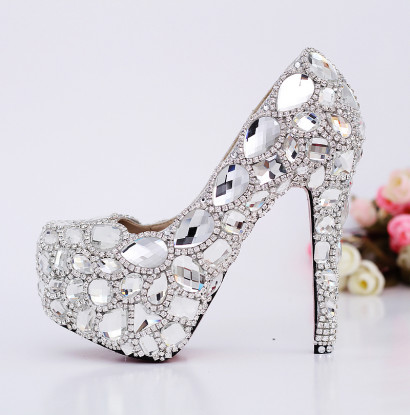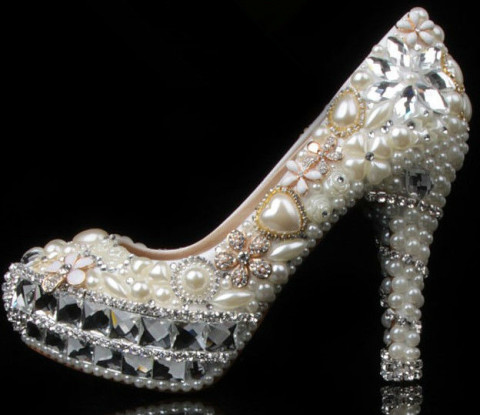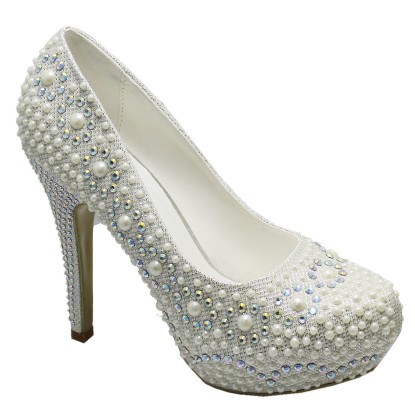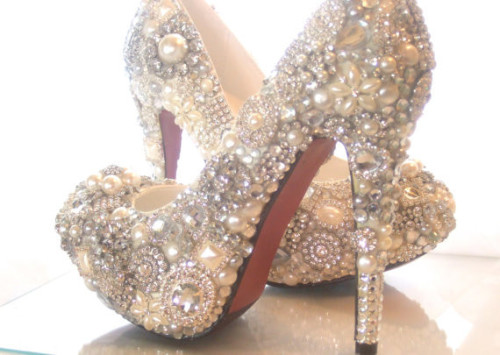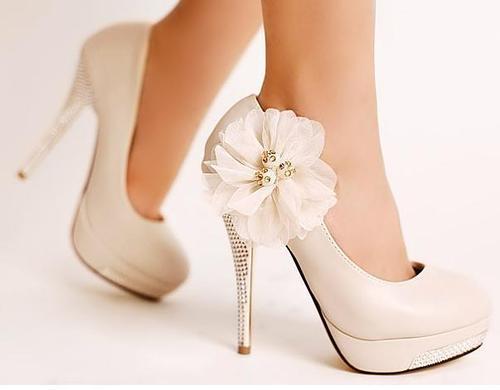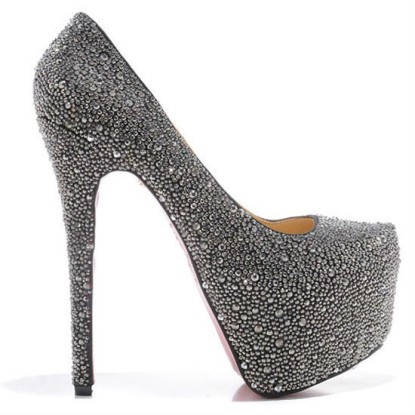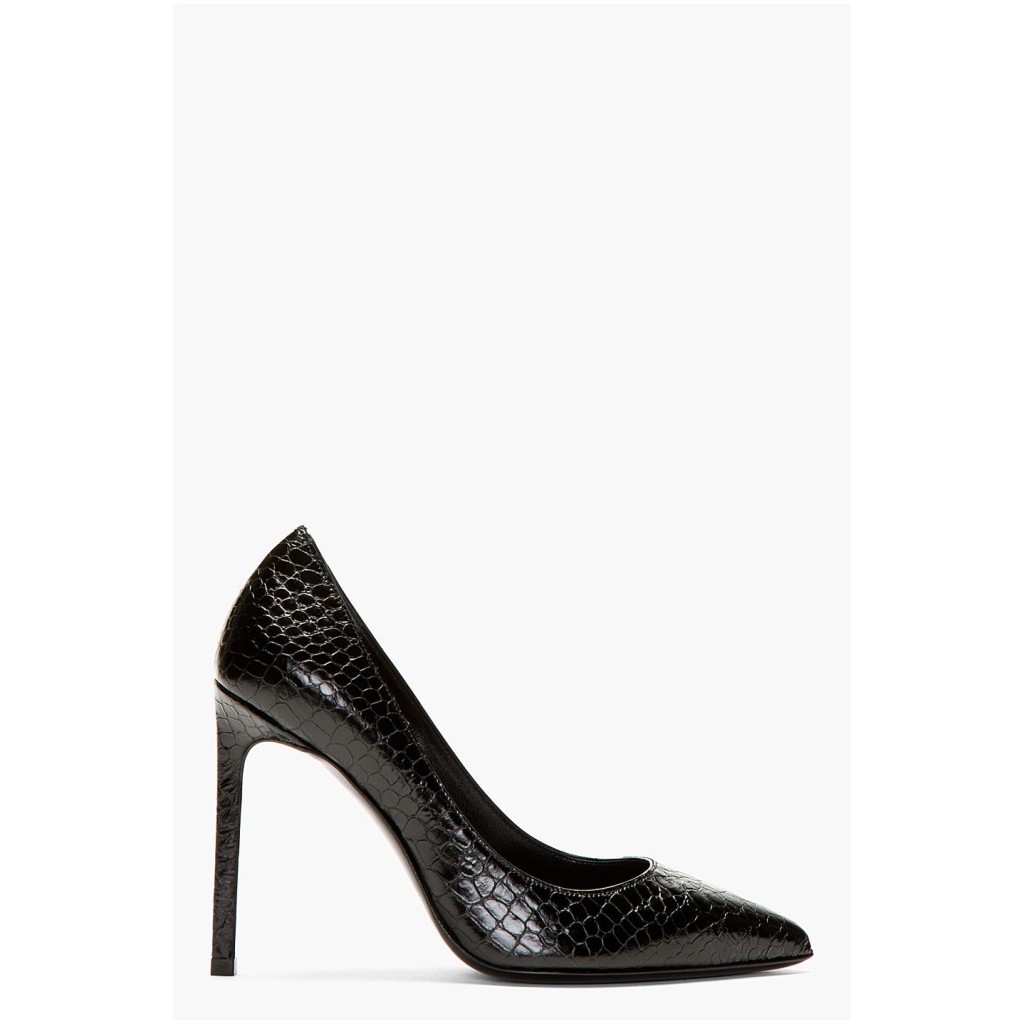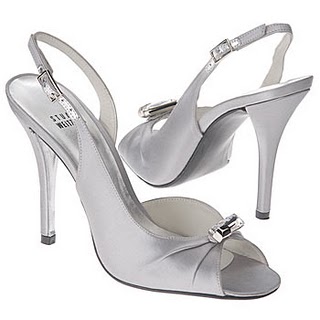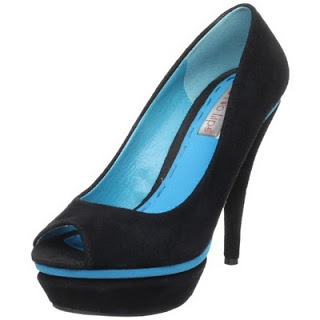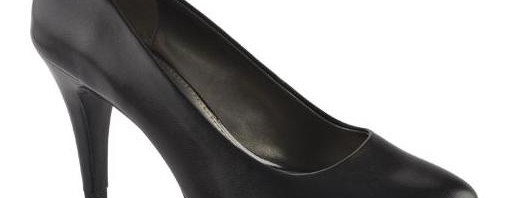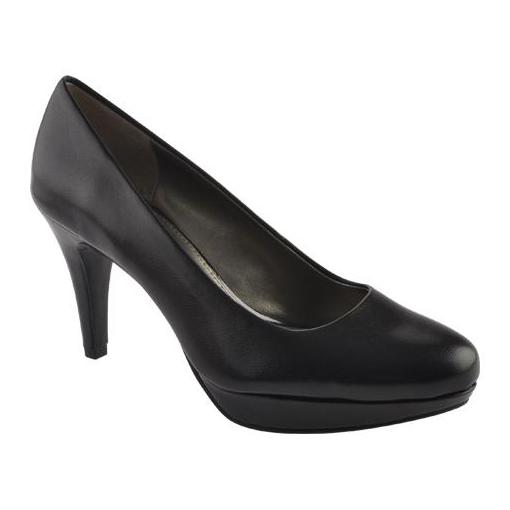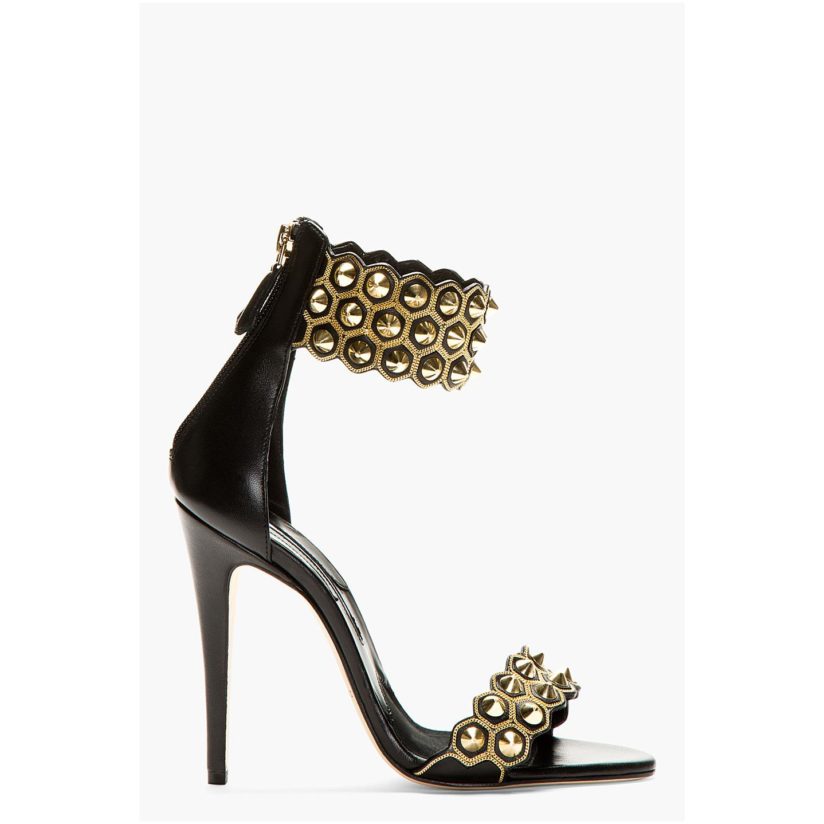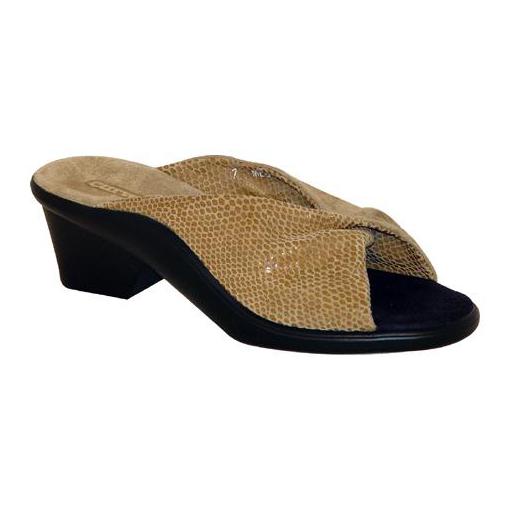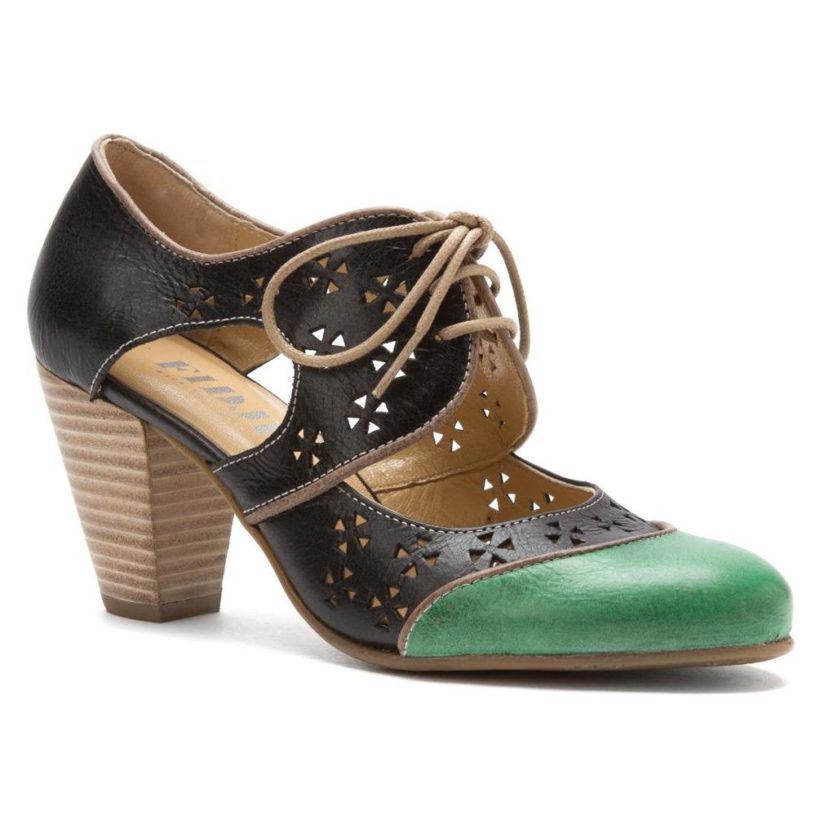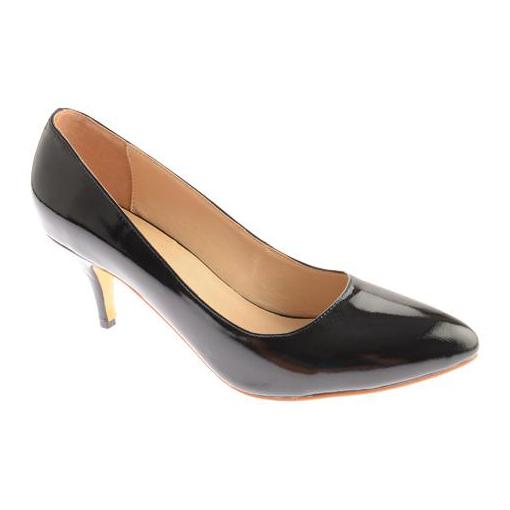
Trauma factors are defined as any situation that is a threat to life. These include life-threatening accidents, being involved in military combat, being abducted or witnessing an abduction, experiencing a natural disaster, being diagnosed with a life-threatening disease or being physically or emotionally abused. Although the symptoms that occur after a traumatic situation are not permanent, they can result in diseases that require treatment.
In particular, reliving similar traumatic situations more than once, trying to escape from situations that remind the individual of the trauma, continually visualising the trauma through dreams and flashbacks can all occur. These occur due to acute stress or post-traumatic stress disorder. Acute stress and post-traumatic stress disorders are treated by psychiatric specialists.
What must be done to prevent these disorders?
It is firstly necessary to understand the symptoms that a traumatic situation will cause. The first symptoms after experiencing trauma are surprise and the inability to accept the situation. Subsequently, feelings of fear, despair, anger, guilt, unhappiness, and remorse set in alongside a feeling of hope and relief due to the danger being over. Sleep deficiency, tiredness, nightmares, loss of memory and concentration, headaches, loss of appetite and motivation, back pain and heart palpitations may also accompany these symptoms.
The same trauma does not cause the same symptoms in everyone. Furthermore, even if the trauma is destructive, it does not cause situations that require clinical treatment in the majority of people. Certain individuals will struggle more, especially those who have experienced significant trauma in their childhood years, those who have certain personality disorders, who do not have good familial and friendship support, who have had considerable stress in their recent past, who consume too much alcohol, or are more susceptible to clinical diseases.
What must be done in the case of trauma?
Firstly, give it some time. It may take weeks or even months to understand, accept and learn to live with what has happened. Try to evaluate what is going on. Instead of thinking about what could have happened, try to evaluate what has happened and how you can prevent it next time. Contact others that have experienced similar trauma. It will be useful to get together with others that have been through similar situations and exchange life stories. This is why it is useful to create support groups and charities. Cry. Do not avoid expressing emotions. If needed, then cry Call for help and support. It may be useful to talk about and discuss the situation. It is important to get support from family and friends.
Spare time for yourself. You may sometimes want to be alone or spend some time with certain people. It may be useful to limit your other duties and spare time for yourself. Talk about the topic. You may want to talk about the topic from time to time. This will comfort you. Sometimes, talking about the topic can increase the emotions of sadness and result in crying. Do not shy away from this.
Return to your normal life. Return to your normal life as quickly as possible. Eat regular meals even if you do not have an appetite. Return to your previous exercise and sport activities even if you may struggle to do so. Try to return to your normal activities with friends. Apart from the time that you spend talking to support groups, try to return to your normal activities and enjoy time with your friends, spare time for life. Manage your time well. The confusion of the trauma may have turned your whole life upside down. It will be useful to plan and manage your time well. Try to use all possible support factors. Try to use all available support groups including friends, relatives, family, social aid and try not to remain alone.
Do physical exercises. Exercises such as running, bike riding, walking going to the gym etc. may be helpful. Relaxing exercises. Do relaxing exercises such as stretching, breathing, yoga and go for a massage. Art activities. Join musical and artistic activities. Do not let the mixed emotions worry you. Trying to lock up the emotions will cause them to build up and make it more difficult to overcome in the future. Avoid using substances such as alcohol or drugs to deal with your problems and worries. Due to the fact that we often make inappropriate decisions because of our emotional state at this time, do not make life-changing decisions. Postpone them.


Regardless of all this, if you have stress due to the trauma you must seek the help of a professional. This is especially the case if you relive similar traumatic situations more than once, try to escape from situations that remind you of the trauma, and continually visualise the trauma through dreams and flashbacks, where psychiatric help is recommended.
Assoc. Prof. Dr. İpek Sönmez
Head of Department of Psychiatry


